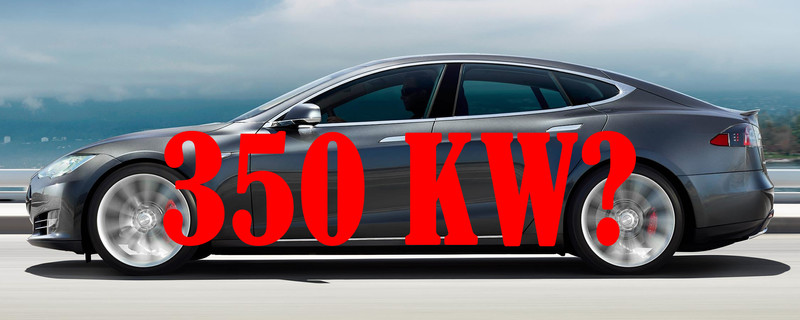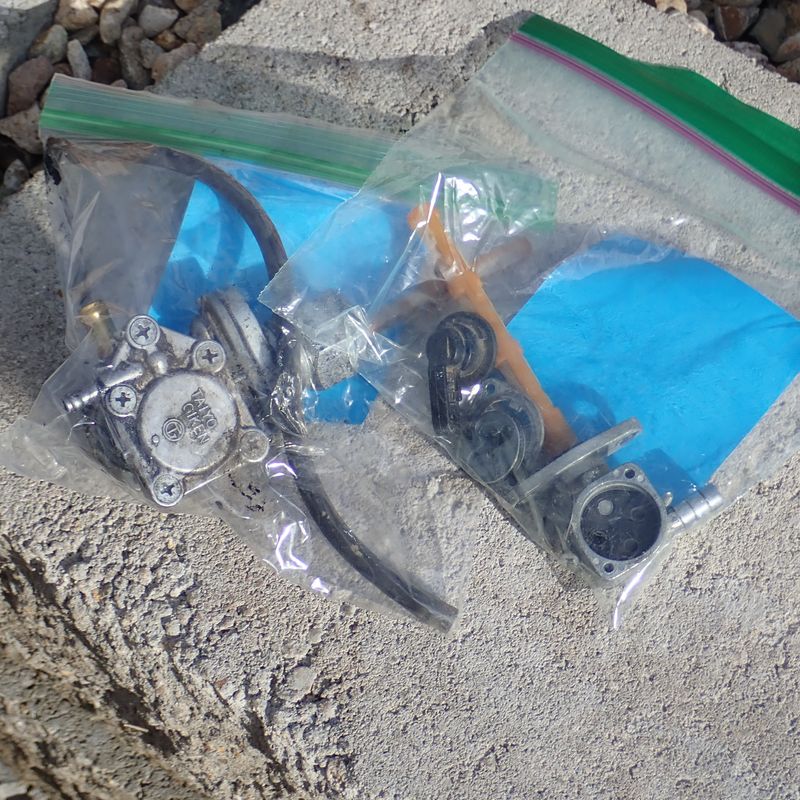In late December, Elon Musk tweeted something interesting about 350kW or faster supercharging - and there has been a lot of talk and speculation since then.
Some people think he’s talking about trucks - which would make plenty of sense. Trucks need large battery packs which will require a rapid charge rate to be useful - there’s definitely a good fit there.
But… what about a current Model S or Model X? Could you actually charge one at 350kW with the current hardware?
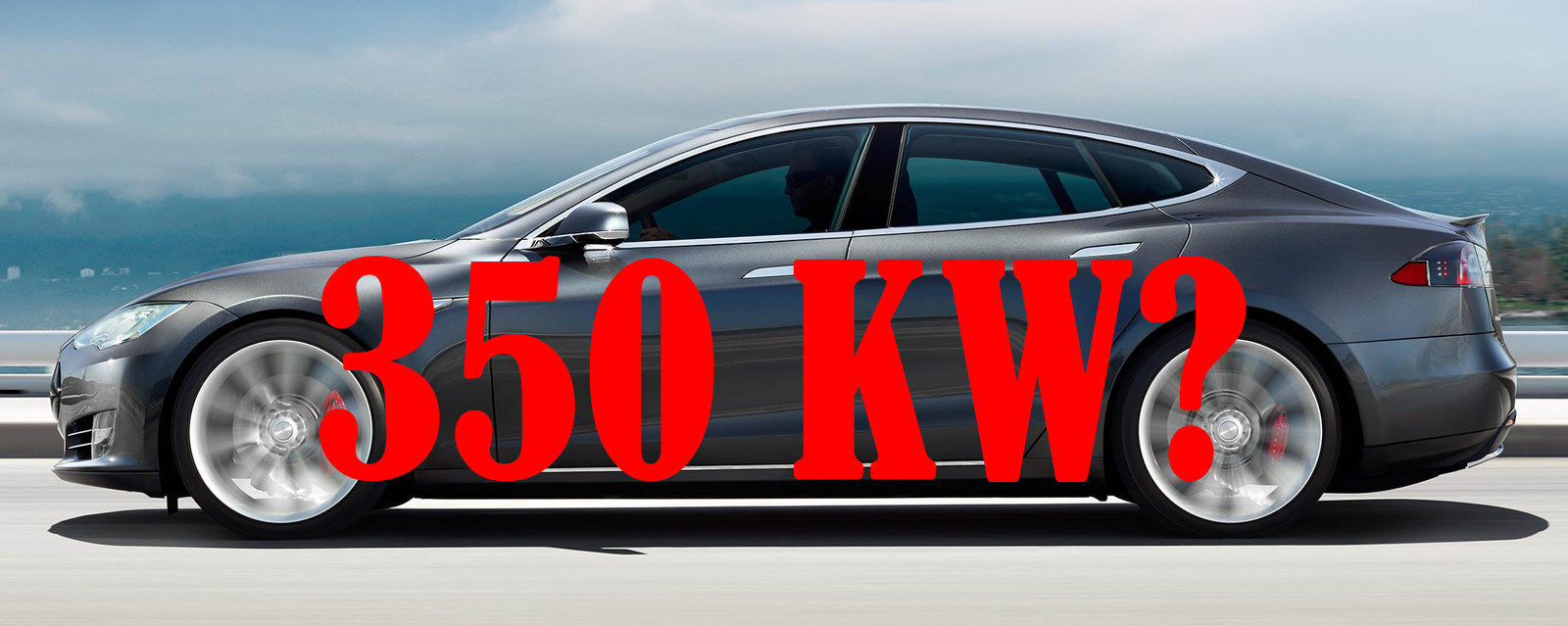
I didn’t know, and I couldn’t find anyone who’d actually done the math - so, working with some basic back of the envelope calculations, I decided to find out!
Read on to join me and see what happens if you try to charge at this high rate - but I’ll tell you up front - it seems entirely plausible to me!
Limitations in My Analysis
I’m not an employee of Tesla. I’m not even someone who has any good internal data from Tesla. I’m just this guy who likes batteries and math. So please don’t take the results of this post as any sort of firm statement on what Tesla will or won’t do, or even what they can or can’t do. I’m just doing some battery-based math, making some reasonable assumptions, and looking to see what falls out. I assure you, going in, I actually had no idea what the results would be. My gut says this is feasible based on thermal mass, but… let’s see!
I’m also going to assume a 100kWh pack - larger packs can charge faster, so I’ll just assume the largest pack out there. Unfortunately, I can’t find a teardown on the new 100kWh packs (just some reasonable speculation that they’re using a new layout), so I have to make some additional guesses related to that.
And I’m going to round numbers where I find it convenient, because I don’t have any information nearly precise enough to require carrying an insane number of significant figures through the calculations.
Areas of Interest
There are quite a few areas that could pose a problem for handling 350kW charging on a Model S - but they fall into several reasonable categories.
- Can the pack and charging cables handle the current at 350kW?
- Can the cells handle being charged at a high rate?
- Can the pack handle the thermal loads of high speed charging?
- How much charge can you cram in before charging slows down?
I’m going to dive into each of these, come up with some assumptions, and do the math to figure out the answers!
Charging Current
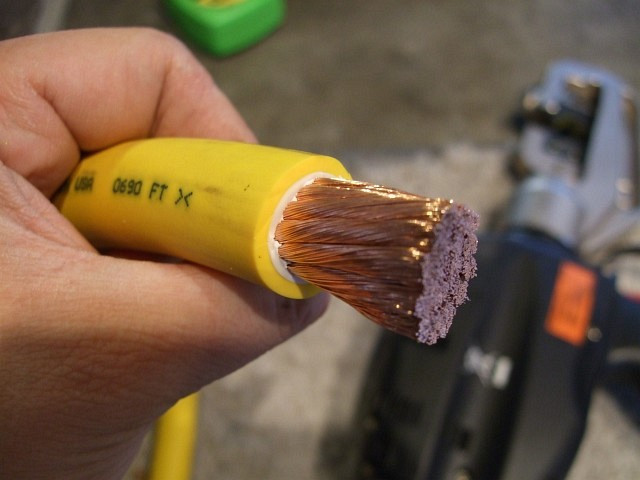
This one is pretty simple: The Model S P100D, at wide open throttle, puts down about 567kW. So charging at 350kW, in terms of raw current handling, should be easy - assuming the charging connector can handle it. Supercharging doesn’t rely on any power conversion on the car - it’s just a set of DC cables into the battery pack with a bit of handshaking and communication bolted on. All the power conversion is handled by the external charger racks.
For high speed charging charging, if the car is charging at a 350V pack voltage (reasonably discharged, but with voltage rise from taking a charge), a 350kW charge rate works out to right about 1000A of charge current (tapering down to around 870A when at the end of the constant current charge phase around 400V).
That’s a substantial amount of current, but significantly less than the 1500A (or 1600A) the pack can source - so the internal pack wiring can handle it. Since power dissipated is proportional to amperage squared, the pack is only dealing with 45% the heat dissipation of a 1500A launch - though certainly for longer.
For reference, a 150kW SuperCharger only pushes a mere 400A into the pack, with the more typical 120kW charger being closer to 350A.
Also, that 4/0 gauge cable in the picture? That’s not even good for 300A in open air. To push 1000A into the car, you’d almost certainly have to have those creepy robotic snake chargers, and possibly those water cooled cables Tesla was playing with a while ago.
100kWh Pack Layout & Pack Internal Resistance Maths
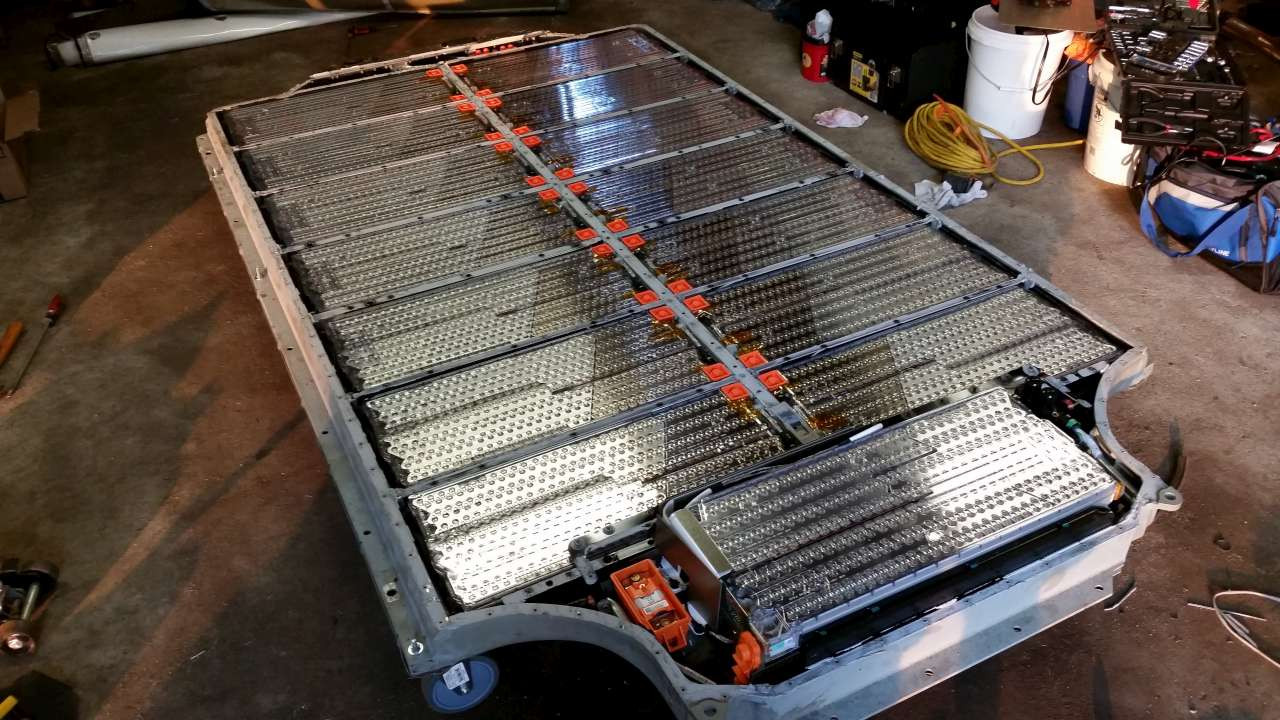
The 85kWh pack is a 74P96S pack layout - 74 cells in each parallel group, with 96 of those groups in series. The cells used are around 3300mAh, give or take. For the 100kWh packs, they either need a major per-cell bump in capacity to to about 3900mAh (unlikely on 18650s), or more cells in parallel. We know from a press conference that the pack required a “complete redo” of the cooling system, so it’s safe to assume the pack layout is somewhat different internally, such that it can fit more cells.
The 85kWh pack, with 3300mAh cells, has a capacity of about 245Ah. For the 100kWh pack, that needs to be closer to 285Ah, which would imply parallel groups of 87 cells - an extra 13 cells in each parallel group. That sounds reasonable enough to me, so I’ll use it.
Therefore, the 100kWh pack is an 87P96S pack, or something right around there. If the layout is slightly off, it should still be close enough for my needs here.
Even if Tesla is using different cells, the numbers should work out roughly the same for a given energy capacity.
We know the P100D can lay down 567kW, and that the Ludicrous upgrade is good for 1500A - which implies an under-load voltage of 378V. That’s amazingly good for a 400V pack - 3.938V per cell, with a per-cell current of just over 17A per cell, or about a 5.2C discharge rate. Given the 402V fully charged voltage, this works out to a per-cell internal resistance in the 15-17mΩ range - quite impressive, but well within the range of warmed up modern cells.
If we assume that the 567kW is on the new 1600A cars, the bulk pack voltage is 360V (3.75V/cell), with a per-cell current of 18.4A and an internal resistance of around 23mΩ - still in the same range.
And if you have no idea what internal resistance is or why it matters - I’ll explain it shortly!
So:
- At peak discharge, the P100D cells see either 17A (5.2C) of discharge current or 18.4A (5.6C), depending on pack rating.
- When charging at 120kW (400A), the cells see 4.6A of charge current (1.4C).
- When charging at 350kW (1000A), the cells see 11.5A of charge current (3.5C).
Cell Charging Behavior & More Internal Resistance
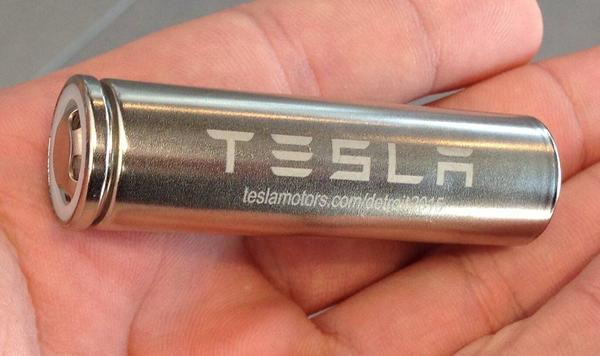
The cell charging behavior is the biggest wildcard here - I simply don’t know how the Tesla cells, chemically, will handle an insanely high charge rate. However, lithium batteries generally can tolerate a rather high charge rate - if they start quite discharged and are kept at a reasonable temperature. It will likely shorten the cycle life by some amount. How much? Some. I have no way of knowing the exact details, though Tesla probably does.
One of the most useful values for analyzing cell behavior while charging and discharging is the internal resistance - this is effectively, “What resistor, put in series with an ideal voltage source, will make the system behave like this particular battery?” The higher the current a battery is sourcing, the lower the voltage - and the more charge current you push through the battery, the higher the voltage seen at the terminals. Ohm’s Law in action.
Internal resistance isn’t perfect for characterizing cells, but it works reasonably enough over a wide enough range of currents that it’s useful to work with. It also happens to model the internal heating tolerably well for a first order approximation.
The actual internal resistance of Tesla cells is hard to pin down, but based on some testing Okashira did, it seems to be dependent on cell temperature - and goes down as the cell gets hotter, which is an insanely useful behavior!
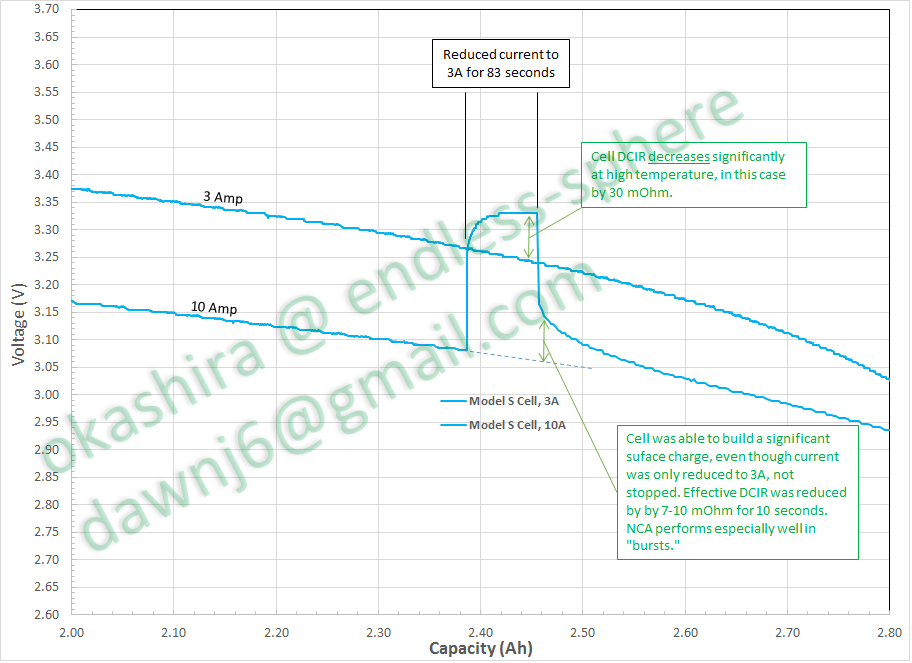
A Panasonic datasheet for a similar cell puts the IR around 40mΩ - which is certainly reasonable. However, I’m also going to do the math at 20mΩ, to take into account the possibility of the pack being hotter and therefore more efficient at charging. Remember that above, I found a possible range of 15-23mΩ during high amperage discharge. Generally, the warmer the cell, the lower the internal resistance - the chemical processes work faster, which is good for power handling, bad for cycle life.
It’s worth noting here that Tesla, at least on some of the cars, has a “Max Battery Power” mode - and this mode explicitly warms the battery up for lower internal resistance (impedance is another term for the same thing) and better performance! So, warming the battery up is worth something in terms of internal resistance - and if driver reports are to be believed, quite a bit of something!
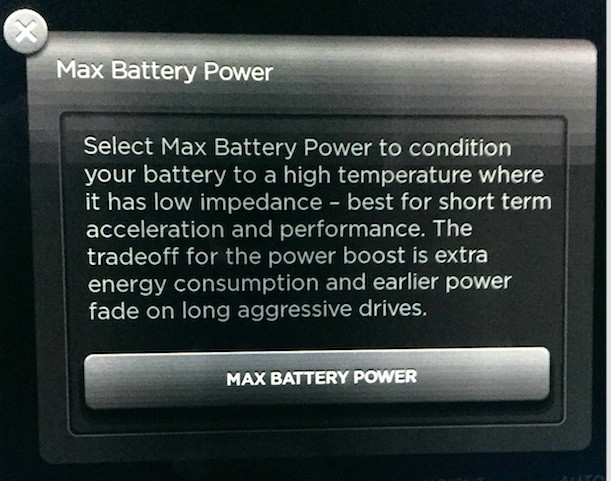
Single Cell Thermal Calculations
Remember, power is I^2 * R - so as amperage doubles, dissipated power goes up by a factor of 4 for ohmic loads (which I’m assuming the battery is for this back of the envelope level calculation).
At a 120kW supercharge rate (4.6A per cell), per-cell heat from internal resistance heating:
- 0.85W at 40mΩ
- 0.42W at 20mΩ.
For a 350kW supercharge (11.5A per cell), per-cell heat from IR is, as expected, rather significantly greater:
- 5.3W at 40mΩ
- 2.65W at 20mΩ
A typical 18650 weighs about 45g, and has a specific heat somewhere around 0.83 J/gK. Other papers come up with slightly higher values, and it seems to depend somewhat on state of charge - the chemical reasons for that are quite beyond my current understanding, but it doesn’t surprise me a bit. Lithium battery chemistry is weird.
I’m going to use 0.9 J/gK for my math, since I don’t know exactly what Tesla cells behave like, but I should be well within the ballpark with that value.
High speed charging is only useful from low states of charge, so I’ll assume you want to cram 50% of the cell capacity (1.65Ah) in quickly.
For the 120kW rate (4.6A per cell), that will take 21.5 minutes - or 1300 seconds.
For a 350kW rate (11.5A per cell), you can do it in 8.6 minutes (516 seconds).
Starting from a reasonably cool 15C (60F), how hot do the cells get if perfectly insulated and charged at a pack-rate of 120kW?
1300 seconds at 0.85W is 1105J total energy - so for a 45g cell at 0.9J/gK, 27.3C of temperature rise for a final temperature of 42.3C (108F). Warm, but reasonable enough.
Doing that with the 20mΩ IR, we put in 553J - for a temperature rise of 13.65C and a final temperature of 28.6C (84F). Not bad at all!
What happens with the faster (350kW) charge rate?
516 seconds at 5.3W is 2735J or 1367J, depending on IR. That leads to a temperature rise of 67.5C, or 33.8C - for a final temperature of 82.5C (180F) or 48.8C (120F) - both quite hot. But, interestingly, 50C isn’t actually that terrible a temperature for a lithium cell as long as you don’t keep it there for long, and I haven’t even considered the pack cooling system or pack thermal mass yet!
Pack Thermal Behavior
The above values are for an individual cell, in isolation. What happens if we put everything into a pack, and run a cooling system through it?
For the hypothetical 100kWh pack I’m working with, there are 8352 cells. The weight of cells is 375kg, and the 85kWh pack weighs 544kg. Adding in the extra cell weight (another 56kg) and assuming everything else is the same gets us a theoretical 100kWh pack weight of exactly 600kg.
I’m going to model the entire pack as a uniform aluminum mass. There’s coolant in there, which has a higher specific heat, and plastic, which is radically worse, but I’m going to handwave, call the whole thing aluminum, and see what pops out.
We know that the pack can handle sustained 120kW supercharging - so the cooling system must be able to pull at leaset that much heat out. At 40mΩ cells, that’s (8352 * 0.85) 7.1kW of heat removal, and at 20mΩ, 3.5kW of heat removal.
How much heat is coming in at a theoretical 350kW? For the 40mΩ case, 44.3kW, or 22.1kW at 20mΩ.
But - here’s a trick I think Tesla might use: The whole pack is heavier than just the cells, and the car can get an awful lot of heat out of the pack with the cooling system. Yes, 350kW generates a lot more heat, but let’s see what the math shows.
If we assume the Tesla cooling system, wide open, can remove either 5kW or 10kW (depending on cell IR) from the pack (since it has to deal with a hot pack coming off the highway), and the pack is reasonably well thermally coupled (seems likely to me), let’s see what happens.
I’m going to work with a 10 minute high speed charge here, because 10 minutes is a useful time period to work with, and would get you 58kWh, or just under 60% pack capacity (so taking you from 20-80% on a 100kWh pack).
With 40mΩ cells, at 350kW, the pack will be taking a net 34kW of heat (44kW minus the 10kW the cooling system can deal with). A 600kg pack, taking 34kW for 600 seconds, rises ~38C. That’s a lot, but if you start at 15C, that’s only 53C (127F). Hot, but not infeasible for a short period of time.
With 20mΩ cells and a 5kW cooling system, you see a net 17kW into the pack, for 600 seconds - so a 600kg pack will rise just under 19C, for a final pack temperature of 34C (93F). Not bad at all!
Realistically, I expect the actual behavior is somewhere in the middle. The cells will probably start around 40mΩ, but as they heat up, their IR seems to drop quite significantly. So, if the cooling system is capable of dealing with a higher amount of heat (say, 10kW), and the cells get more efficient at charging as they heat up - things look sane! If you started at a very hot 35C (100F), could pull out 10kW, and had lower IR cells at 20mΩ, the net heat flow is 12kW, which would lead to a final pack temperature of only 48C (118F). Follow this with rapid cooling, and you can cram an awful lot of charge in.
In any case, as the pack heats up, the cell internal resistance drops, which means that it heats up less as it gets hotter. Combine this with how cooling systems generally get more efficient with a higher temperature delta, and letting the pack warm up as a mass looks rather feasible!
Charge Percentages
One other slightly annoying behavior of batteries is that as you charge them, the voltage rises up (related to that whole IR thing). How far can you actually charge a pack at 350kW before things need to slow down to keep the cell voltages below the fully charged point?
Lithium cells are charged in a two stage process - constant current, and constant voltage. You hold a constant current (limited by the charger) in the first phase as the cell voltage rises towards the fully charged voltage, then sit at your fully charged voltage and let the current taper off as the cell fills.
At 11.7A, with a 40mΩ IR, you’d have a voltage rise during charging of 0.47V per cell. This would limit you, assuming a Tesla charge limit of 4.2V/cell, to 3.73V - or around 50%.
However, a hot cell with a lower IR of 20mΩ would only have a rise of 0.23V - so you could charge at the full rate to a resting voltage of 3.97V, which is somewhere around 80% SoC.
Since the cells would be quite warm at the end of the charge, the lower internal resistance means you can cram more charge in before having to pull the current back!
Conclusions & Likely Behavior
Unless I’ve radically screwed up my math, I think it’s entirely plausible to charge a 100kWh Tesla at 350kW up to 80-85% of the pack capacity! The numbers I’ve seen show that the Tesla cells have a quite low internal resistance that drops as the cells heat up, the pack mass and cooling should be sufficient to keep things at a reasonable temperature for charging, and the cell interconnects can certainly handle this if they can handle a 1500A launch and moderate track day use.
The only real question is about the impact on battery chemistry - how does a high current charge rate like this damage things, and what impact on longevity does that have? To answer that, you’d need a lot more data that I simply don’t have.
There are also some possible limits with the charge cabling going from the Supercharger connector to the battery pack - I simply cannot find wire gauge information for this.
But with what I can find, I think there’s a good chance that we’ll see this type of high speed charging on the Model S/X!
If you do see this in action, it will almost certainly require the robotic snake connectors. There’s no way a 1000A charging cable will be something a human can manipulate, and the potential for catastrophic heat generation if the connection isn’t just right is a serious concern.
Why now and not before? Tesla has been absurdly conservative with how they run their cells - they’re concerned, first and foremost, with longevity, but as they understand and improve the cells, they can push the limits somewhat. Also, demand charges for 350kW are bonkers. I know Tesla has been deploying storage packs to their Superchargers, and they may only be getting to enough capacity to enable this now, instead of having to pull it from the grid. Remember, 3 cars, at 350kW, is over 1MW.
I know there are some people out there have some Model S cells laying around. If you want to donate a few to me for some deeper analysis/testing/abuse (or if you have something like a IR vs temperature chart laying around), I would be most grateful!
So… what do you think? Will we see this on the cars? How would 10 minute charging change your road trip planning?
Comments
Comments are handled on my Discourse forum - you'll need to create an account there to post comments.If you've found this post useful, insightful, or informative, why not support me on Ko-fi? And if you'd like to be notified of new posts (I post every two weeks), you can follow my blog via email! Of course, if you like RSS, I support that too.
